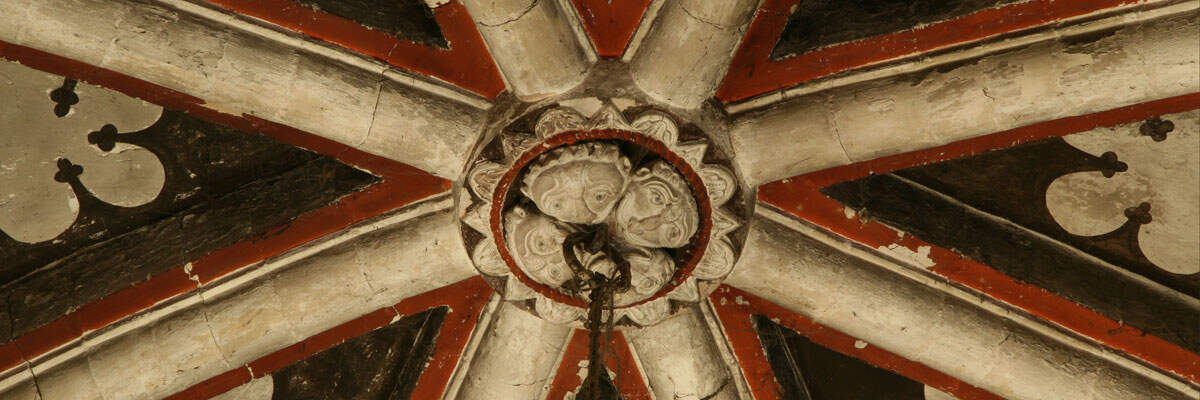Five-bay aisled nave with clerestorey and S doorway under a 15thc. porch, aisleless chancel with N
vestry of 1900, W tower. The earliest parts are 12thc.
(the lower storey of the tower). For the rest, the elaborate S doorway is early
13thc. in its structure but 12thc. in its decorative repertoire. This is
described below, but such other early 13thc. features as the tower arch and
nave arcades fall outside the scope of the CRSBI. The
church is of mixed flint, pebble and stone, except for the N aisle, of brick,
which was restored in 1912. Other restorations took place in 1897 and 1899.



